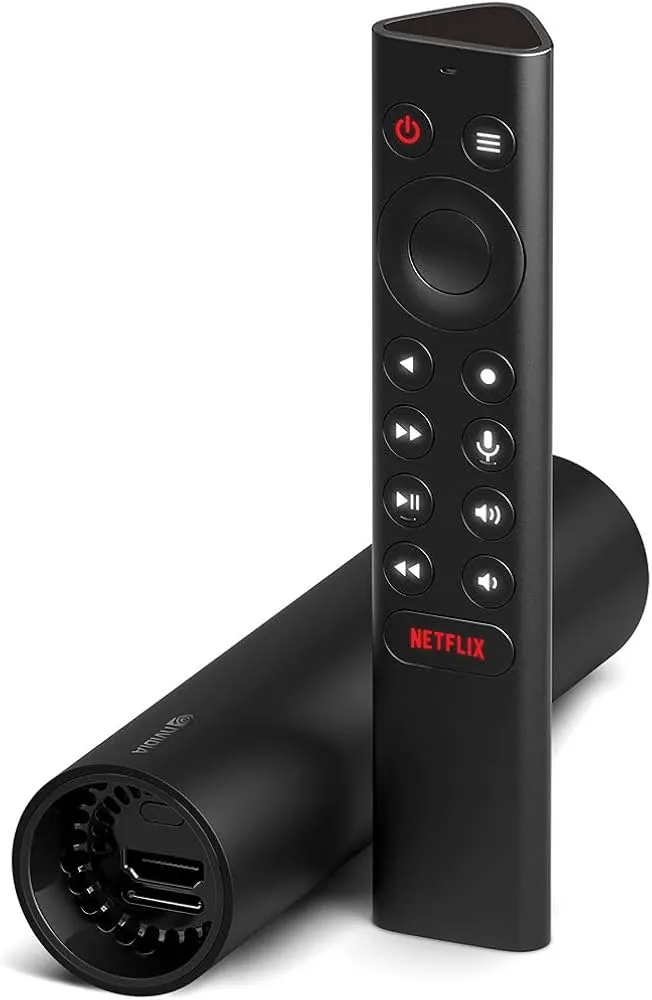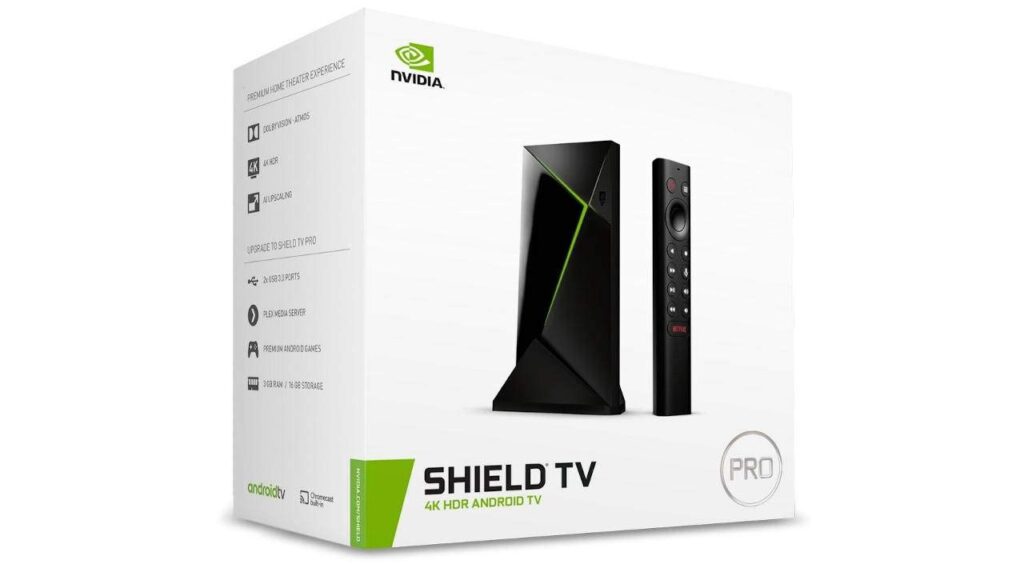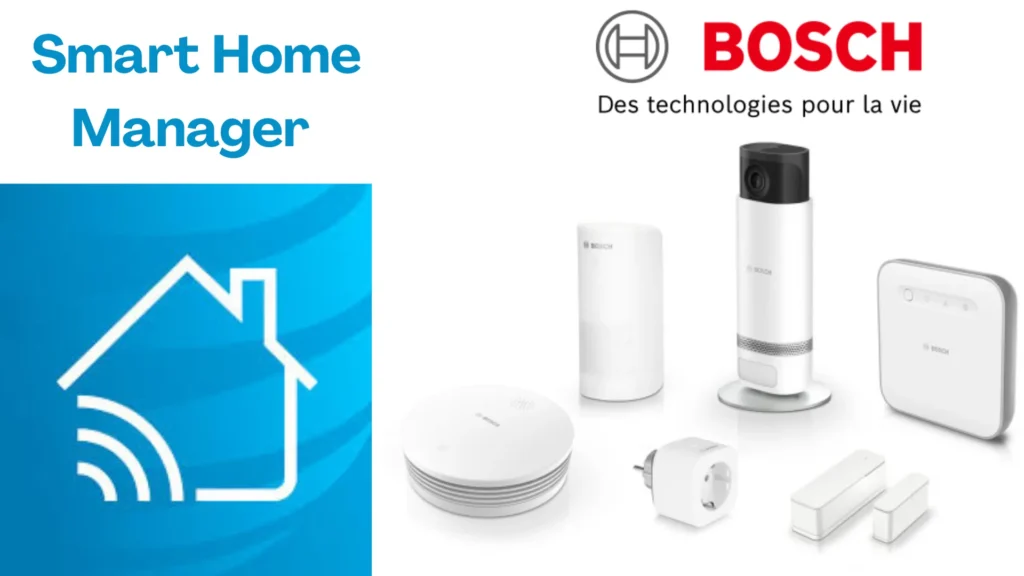Introduction
Running demanding games, streaming amazing 4K material, and acting as a flexible media hub, the NVIDIA Shield is a powerhouse of entertainment. Its main advantage, though, is its capacity to turn a standard display into a smart, linked gateway. Imagine being able to extend that capability straight into your automobile from your living room. This is where the concept of a headunit for NVIDIA sheld finds application.
Although the Shield wasn’t specifically made for automobile integration, the possibility of adding its features—its app library, strong CPU, access to streaming services—to your car is rather intriguing. Powered by the NVIDIA Shield, picture being able to access your preferred shows on extended road journeys, play games while waiting for appointments, or enjoy high-fidelity music through the audio system of your car.
This article delves further into the realm of integrating your headunit for Nvidia sheuild. We will go over the options, go over the difficulties, and give you a thorough guide to help you decide whether this configuration is appropriate for you and how to get there. Let’s examine how you may bring the genius of the NVIDIA Shield on the road instead of depending on the restrictions of conventional car infotainment systems.
Table of Contents

Why would one want a headunit for NVIDIA Shield?
Many auto entertainment systems are, to be honest, somewhat disappointing. Their lack of responsiveness, app choice, and general user experience—that which we have grown to expect from contemporary smart devices—often results Here’s where the appeal of running the entertainment system for your automobile from an NVIDIA Shield truly shines:
- Unmatched Streaming Power: The Shield is a stream monster. It doesn’t break a sweat with high-resolution video from Netflix, Hulu, Amazon Prime, and many more providers. This guarantees, even on the road, a seamless and pleasurable experience.
- Extensive App Library: The Google Play Store is right at your hands and provides access to a great range of apps, from games and utility apps to music streaming services like Spotify and YouTube Music. This is a big improvement over the few apps usually available at manufacturing headunits.
- Gaming on the Go: Legendary gaming powers abound on The Shield. Larger screens allow you to enjoy your preferred Android games, therefore transforming those long trips or traffic congestion into chances for amusement.
- Powerful Processor and Graphics: Unlike many slow automotive infotainment systems, the Shield’s processing capability guarantees sharp performance, smooth navigation, and great responsiveness.
- Customizability and Flexibility: Flexibility and customizing free you from a single environment. The NVIDIA Shield lets you add the programs you need and customize the UI as you like.
- Future-Proofing Your Car: Regular software upgrades help Shield to always have access to the newest features and advancements. This is not the usually stagnate character of automotive entertainment systems.
- Bring Your Own Entertainment: The Shield links your purchased movies, music, and games directly to your own Google account, therefore enabling flawless access on many devices.
- Potential Cost Savings: Although not always the case depending on your current automobile system, including an NVIDIA Shield could help you avoid paying for a premium, feature-rich manufacturer headunit.
Though the concept is interesting, it’s important to be aware of the difficulties—which we will go over in the next part.
Difficulties and Considerations
Not a plug-and-play experience is integrating an NVIDIA Shield into your vehicle. It calls for thorough preparation, a strong awareness of the electrical system of your automobile, and maybe some technical knowledge. The following are the key issues to give thought:
- Power Supply: The Shield needs a constant power source, different from the 12V power supply of a normal automobile. You will need an appropriate power adaptor able to scale down the voltage and supply the needed amperage. This has to be a dependable, premium solution, not only a simple car charger.
- Display Integration: You will want a suitable headunit with an HDMI input capable of receiving and displaying Shield output. Not all head units have this, hence thorough investigation is rather important. The headunit must also enable direct or mirroring input from outside devices as well as touch input..
- Audio Integration: Getting audio from the Shield to the speakers of your automobile presents even another challenge. You probably will rely on the headunit’s audio processing capability or employ an HDMI audio extractor. Depending on how your automobile is set up, maximum audio quality might call for a digital-to- analog converter (DAC).
- Touch Control and Navigation: Touch Control and Navigation: Although some headunits include rudimentary touch capabilities, you may have to look at other options for navigation and app control. Complicating matters might call for wireless keyboards, mice, or even touchpads. Gaming Bluetooth controllers are also an option; all these input devices need to be powered as well.
- Internet Connectivity: The Shield mostly depends on an internet connection for its operations. Whether you connect to the hotspot on your phone or a specialized mobile hotspot device, your car will require a consistent internet feed. Additional data charges might result from this.
- Boot-up Times: Short excursions may find the boot-up time of the NVIDIA Shield unsuitable. You might have to think about turning it on sleep mode or figuring something out for a quicker starting.
- Heat Management: Particularly in the summer, car interiors may get really hot. You will have to think about how to control the Shield’s temperature to avoid overheating maybe with the use of a little fan or deliberate positioning.
- Wiring and Installation: Integration of the Shield needs both careful wiring and installation. Professional installation is strongly advised if you are not at ease handling vehicle electronics.
- Issues of safety: Make sure your arrangement does not block your view or compromise your driving. First priority is safe running. You have to use the NVIDIA Shield carefully, hence you should not let its functions divert you from your active driving.
- Legality: Certain countries may forbid displaying anything visible to the driver while the car is in motion. Before putting such a system into use, be sure you investigate the local rules and regulations.
- Restricted availability of particular headunits: Not all automobile headunits are made equally, hence it may take some further looking to identify one that is completely compatible with the NVIDIA Shield.
Many aficionados have effectively included NVIDIA Shields into their vehicles in spite of these difficulties, and the results are usually positive. A good setup depends on careful planning and tackling of these problems.
Selecting the Correct Headunit
The success automobile setup depends much on the choice of your headunit for nvidia sheuild. These important elements should help you decide which headunit best fits you:
- HDMI Input: One cannot negotiate this. The headunit has to have an HDMI input in order to possibly have audio output in addition to Shield video. Check that the input fits the output resolution of the Shield—ideally 4K for best quality.
- Touchscreen Capabilities: Using the Shield’s Android interface calls for a touch screen. Seek for accurate and sensitive touch features. One benefit is multi-touch support.
- Screen dimensions and resolution: Think about the resolution and screen size. Though it improves the experience, a bigger screen might not be appropriate for every automobile dashboard. For best visual clarity, try for a resolution either matching or beyond the output capacity of the Shield.
- Audio Output choices: Test the headunit’s audio output capacity. Can HDMI accommodate digital audio signals? Does it include RCA outputs to link to outside amplifiers? Search for a headunit with suitable audio processing capacity. You might have to give separated speakers and another amplifier some thought.
- Operating System: Some headunits have their own operating systems, which can run counter to the Android TV OS of the NVIDIA Shield. Ideally, your headunit should be readily bypassed when the NVIDIA Shield is attached or one without a conflicting operating system. Think of a headunit with HDMI input acting as a “monitor”.
- Power Delivery: Make sure the headunit for Nvidia sheuild can provide enough power. Especially if the headunit does not offer direct USB or DC power output, you might have to utilize an extra power source for the Shield in addition to the headunit.
- Bluetooth Connectibility: Look for strong Bluetooth capability to link keyboards, wireless controllers, and other devices. The whole user experience with the NVIDIA Shield will be better if a Bluetooth connection is steady.
- GPS and Navigation: Although the Shield has its own navigation features, you may wish for a headunit with built-in GPS or the option to combine GPS data from outside sources. If your phone lacks a reliable GPS signal, this is very helpful.
- Installation Ease: Think about the installing process. Mounting the headunit in your car is how simple or difficult? Do any particular adapters are required? Make sure a professional can quickly install the selected headunit if you are not certain about your own ability.
- Physical Buttons: Although touch controls are crucial, especially when driving, some simple physical buttons or knobs for volume control might be useful. One can apply some tactile feedback saferly.
- Form Factor: Important is the form factor of the headunit. Would it fit the dashboard of your car? Does one have to buy a bespoke dash kit? Before you buy, give the headunit’s proportions great thought.
- Build Quality: Look for robust construction that will resist the demands of everyday automotive use. Sun exposure, vibrations, and temperature swings can all wear out low-quality electronics.
- User Reviews and Compatibility Reports: Research user evaluations, especially those from those who have tried to incorporate an NVIDIA Shield, carefully before committing to a given headunit. For this, online forums and communities are priceless tools.
- Price Point: Headunits with touchscreen features and HDMI input may cost anything. Create a budget and follow it. Don’t, however, compromise quality, especially with relation to power supply and compatibility.
- Brand name: Stay with reputable businesses with track record of dependability and quality. Avoid dubious and unidentified producers.
Example Headunits
Although market availability might affect particular recommendations, below are several headunits known to operate with external devices like the NVIDIA Shield:
- Car Monitors with HDMI Input: Car Monitors with HDMI input operate more as a screen than as a complete infotainment system. Given its intention to show outside sources, this is usually a decent beginning place. Search for units having touch input capability. Companies of interest may be Atoto, or Joying.
- Android Head Units with HDMI Input: Though they are not especially made for external devices, some Android-based automobile headunits have an HDMI port. One should find out whether the built-in Android OS will cause interference with Shield output. Search for models where the input can be moved to the external HDMI port and the internal OS can be disabled. Companies to give thought may include Pioneer, Alpine, or Kenwood.
- Do it yourself: solutions Some fans have either devised unique methods for housing the NVIDIA Shield or modified already-existing headunits, which might call for sophisticated electronics expertise.
- Aftermarket goods and services Although many headunits let to mirror devices using USB or wireless technologies like Apple CarPlay or Android Auto, these aren’t directly using an HDMI input. Rather than directly using the NVIDIA Shield, you could maybe stream audio and video over these interfaces using a device like the Chromecast with Google TV and a USB power adapter.
Initial setup and installation
Your car’s wiring and the selected headunit will determine a lot of the setup parameters. Usually, the actions will consist in:
- Power Connection: Source a sufficient power supply and wire it to the NVIDIA Shield and the electrical system of your automobile.
- HDMI Connection: Connecting the HDMI output of the Shield to the HDMI input of the headunit
- Audio Connection: Making sure audio is correctly routed—by HDMI, digital output, or analog connections—to the audio system in your automobile.
- Internet Connectivity: Establishing a dependable internet connection in your vehicle will help.
- Input Devices: Configuring any external input device (keyboard, mouse, controller).
- Mounting: Mounting the headunit securely for nvidia sheuild
- Testing and Configuration: Completely testing all features and customizing the Shield for in-car use can help you.
Conclusion
Although it needs careful planning and execution, combining a headunit for nvidia sheuild for your automobile provides a universe of enjoyment and capability. Your automobile will become a mobile entertainment powerhouse if you choose the correct headunit, solve the problems, and follow the installation guidelines. Although it’s not a plug-and-play fix, for tech aficionados and frequent broadcasters it’s a worthwhile effort. Using this arrangement, make sure you give safety top priority and follow local traffic rules.



